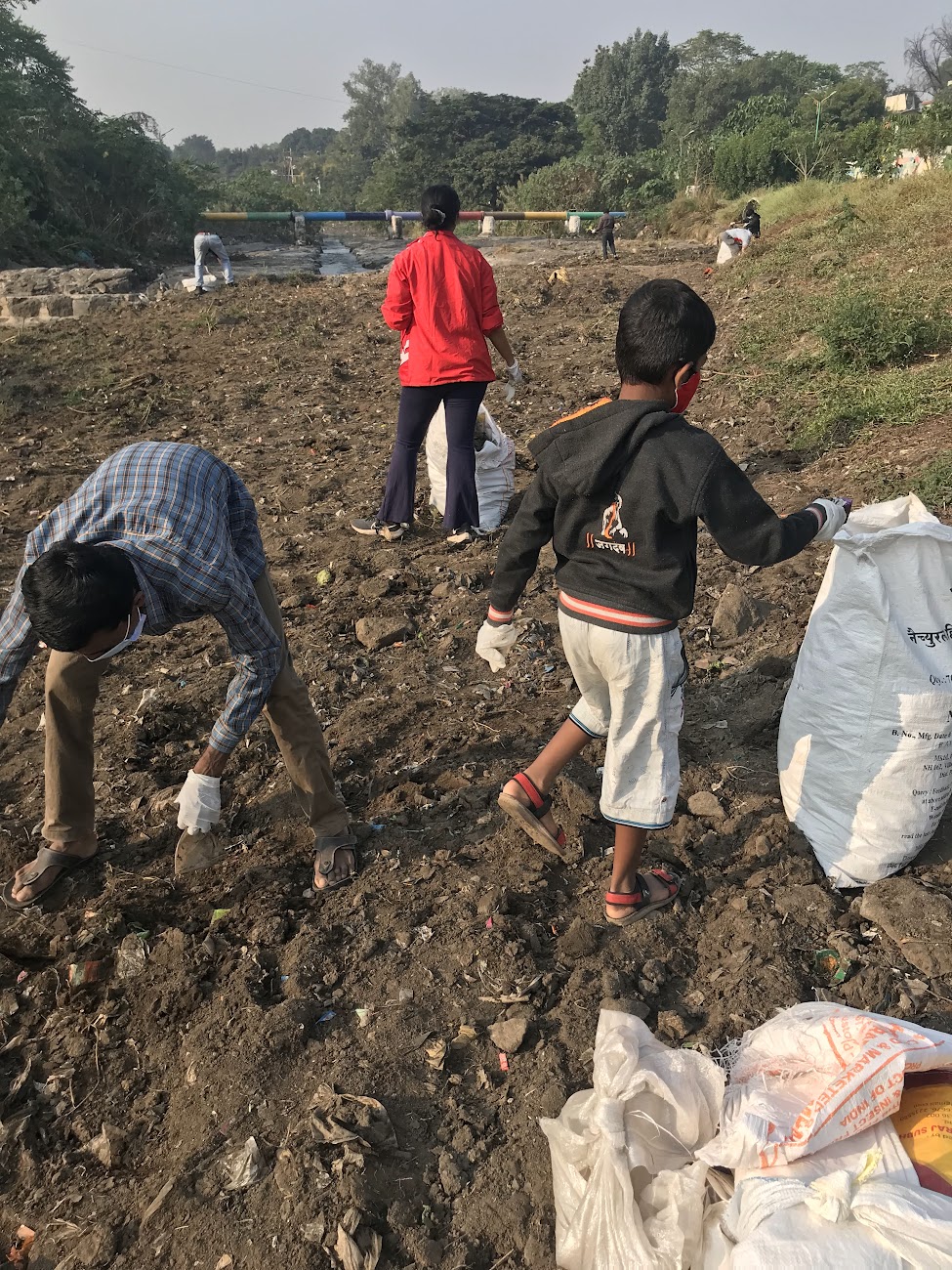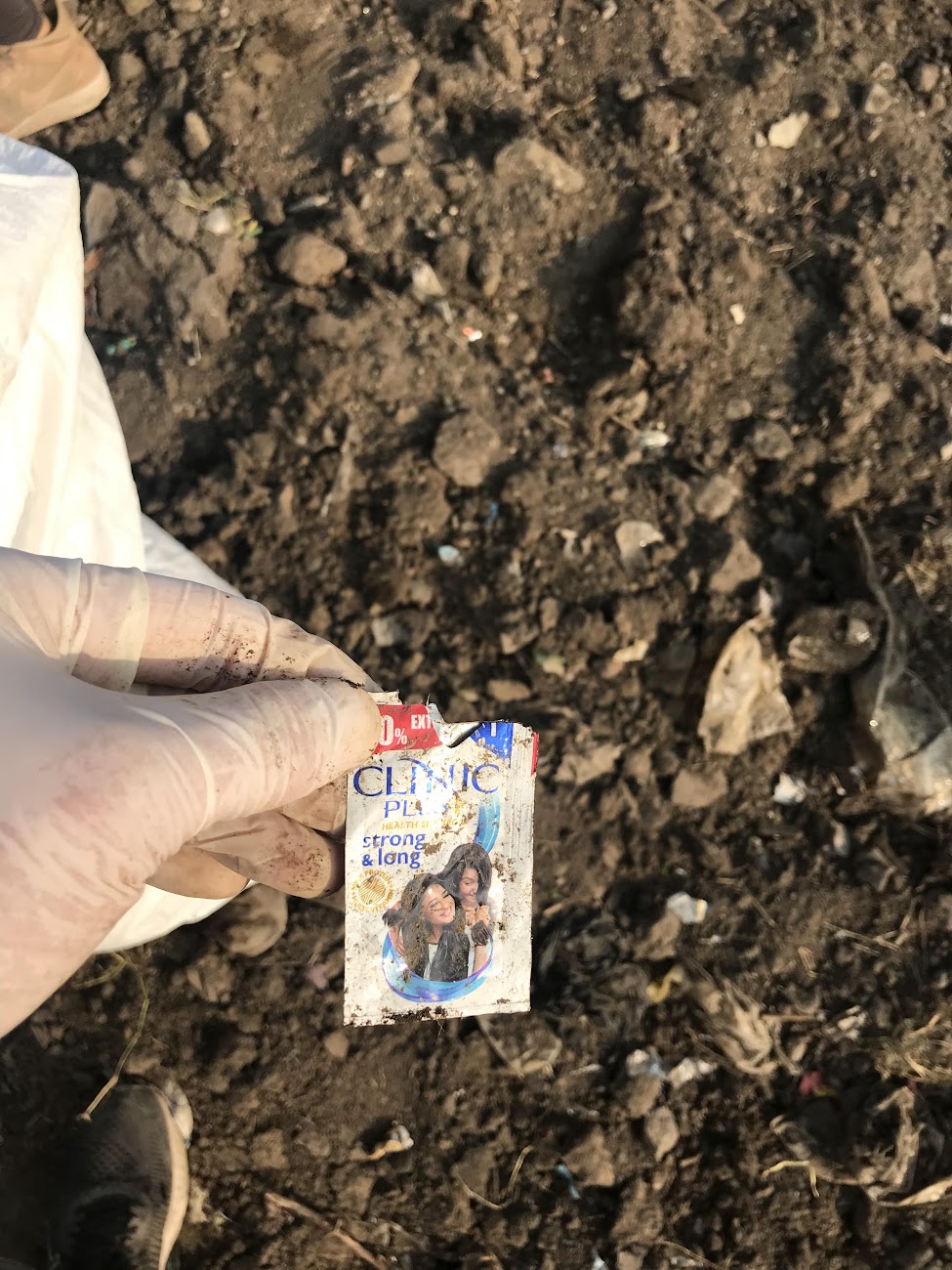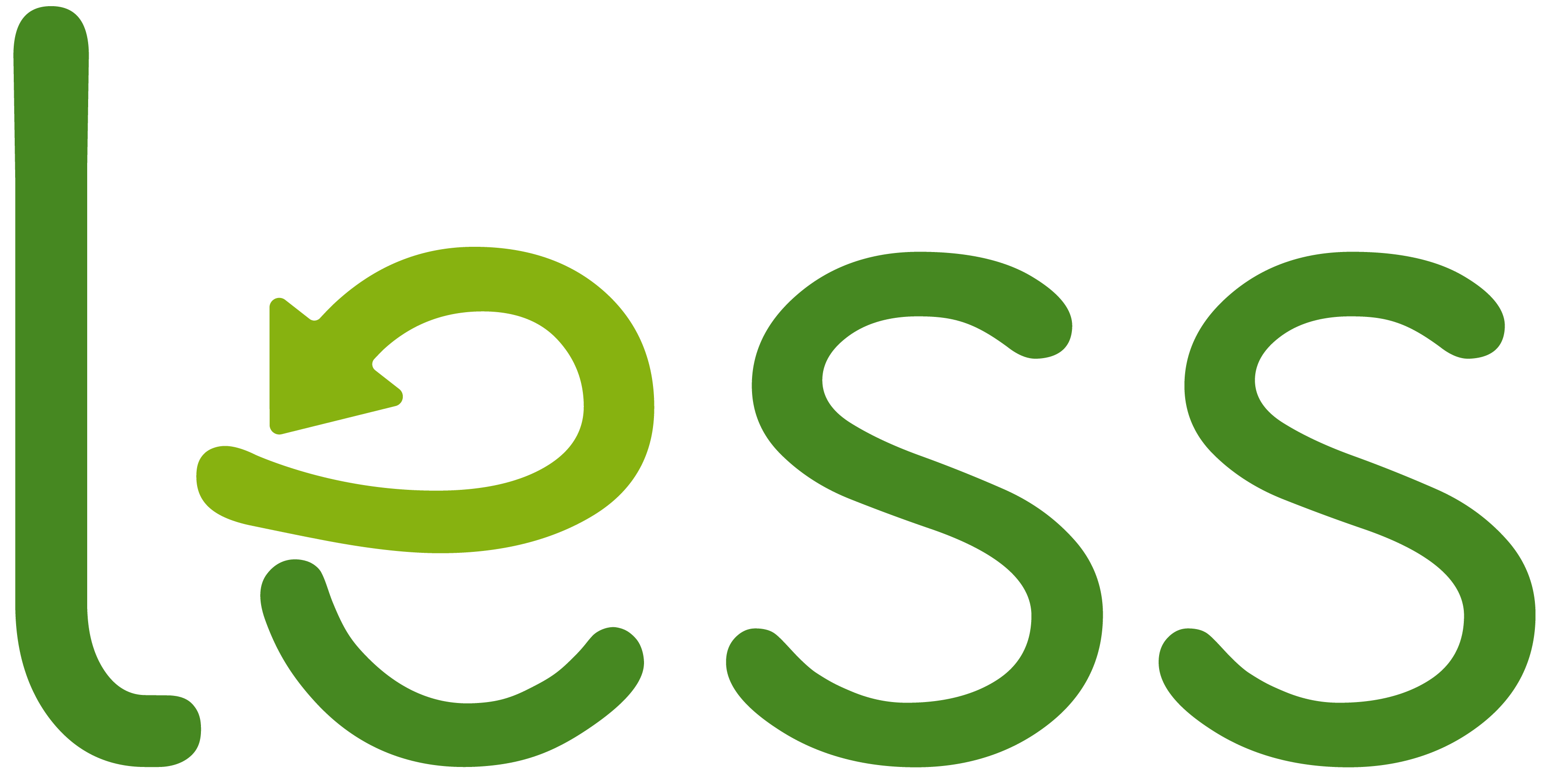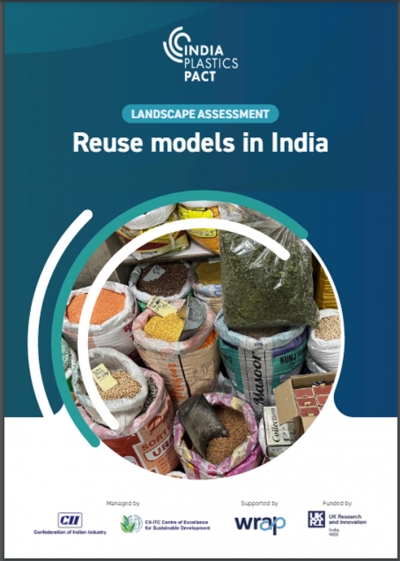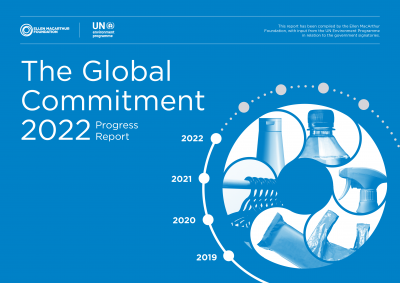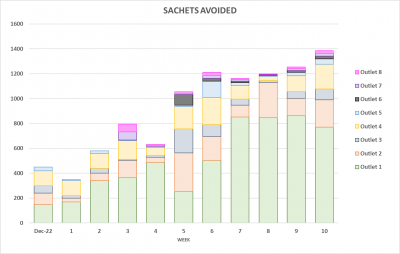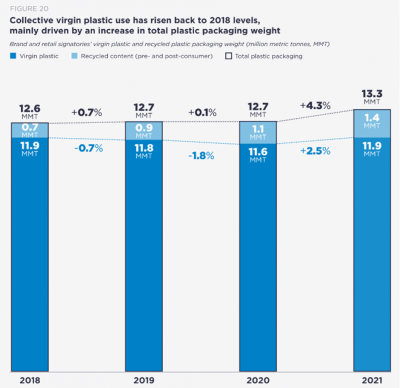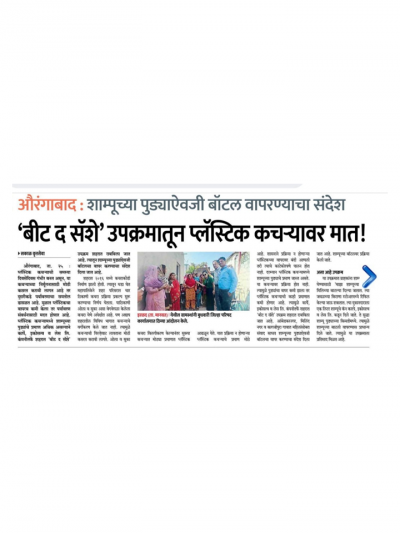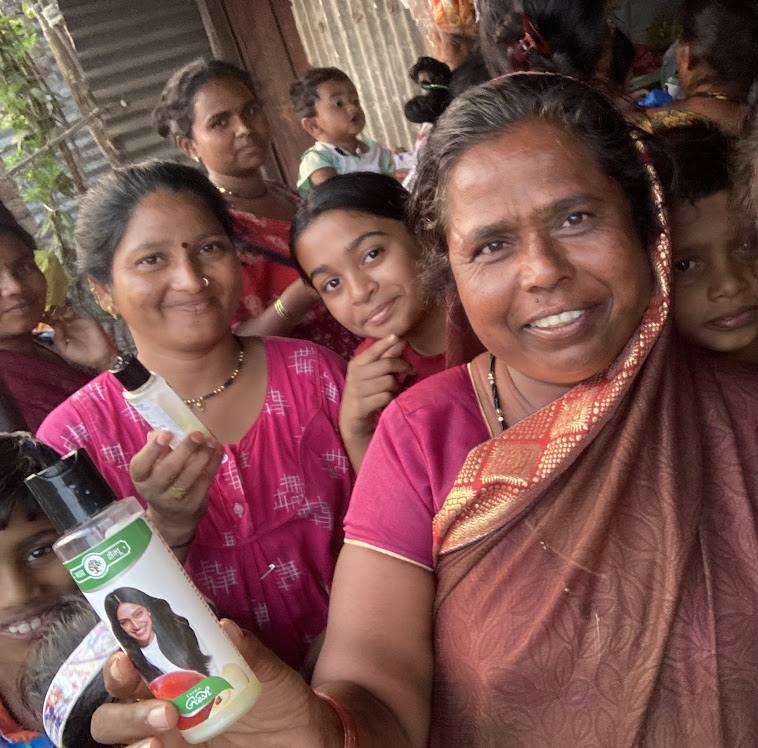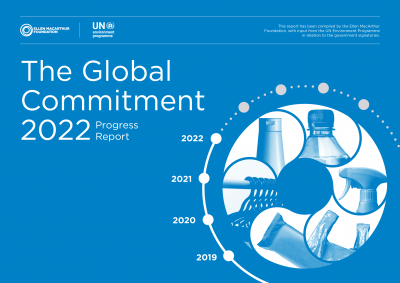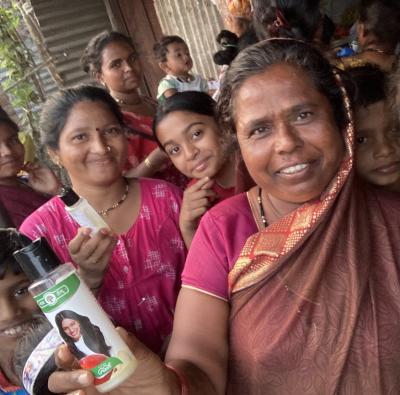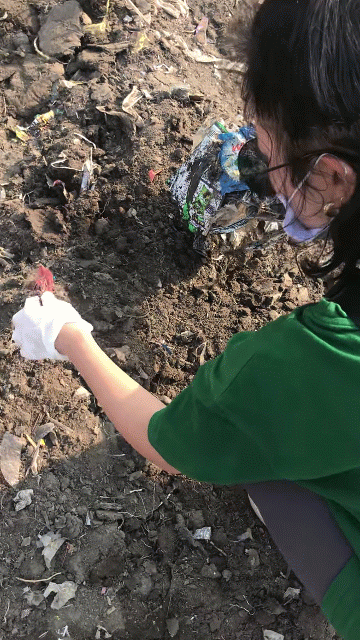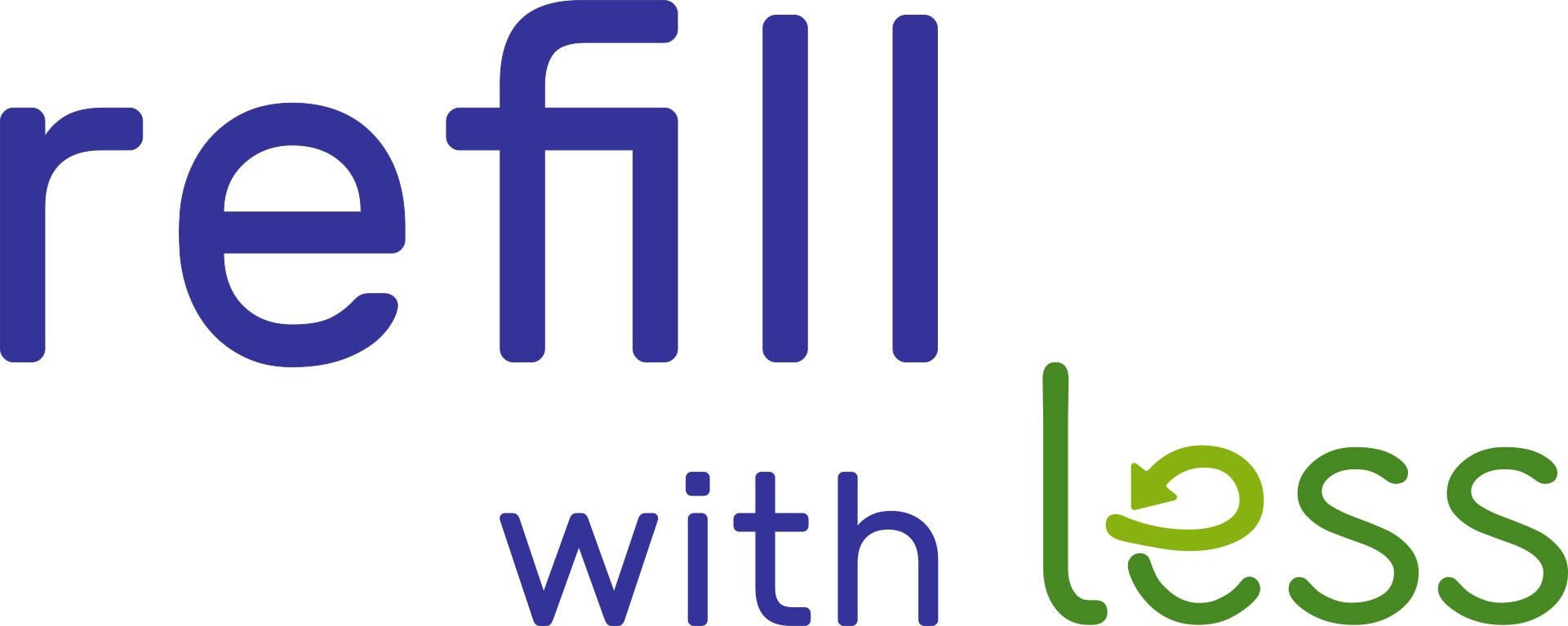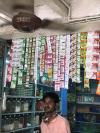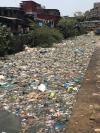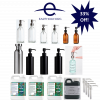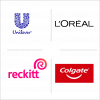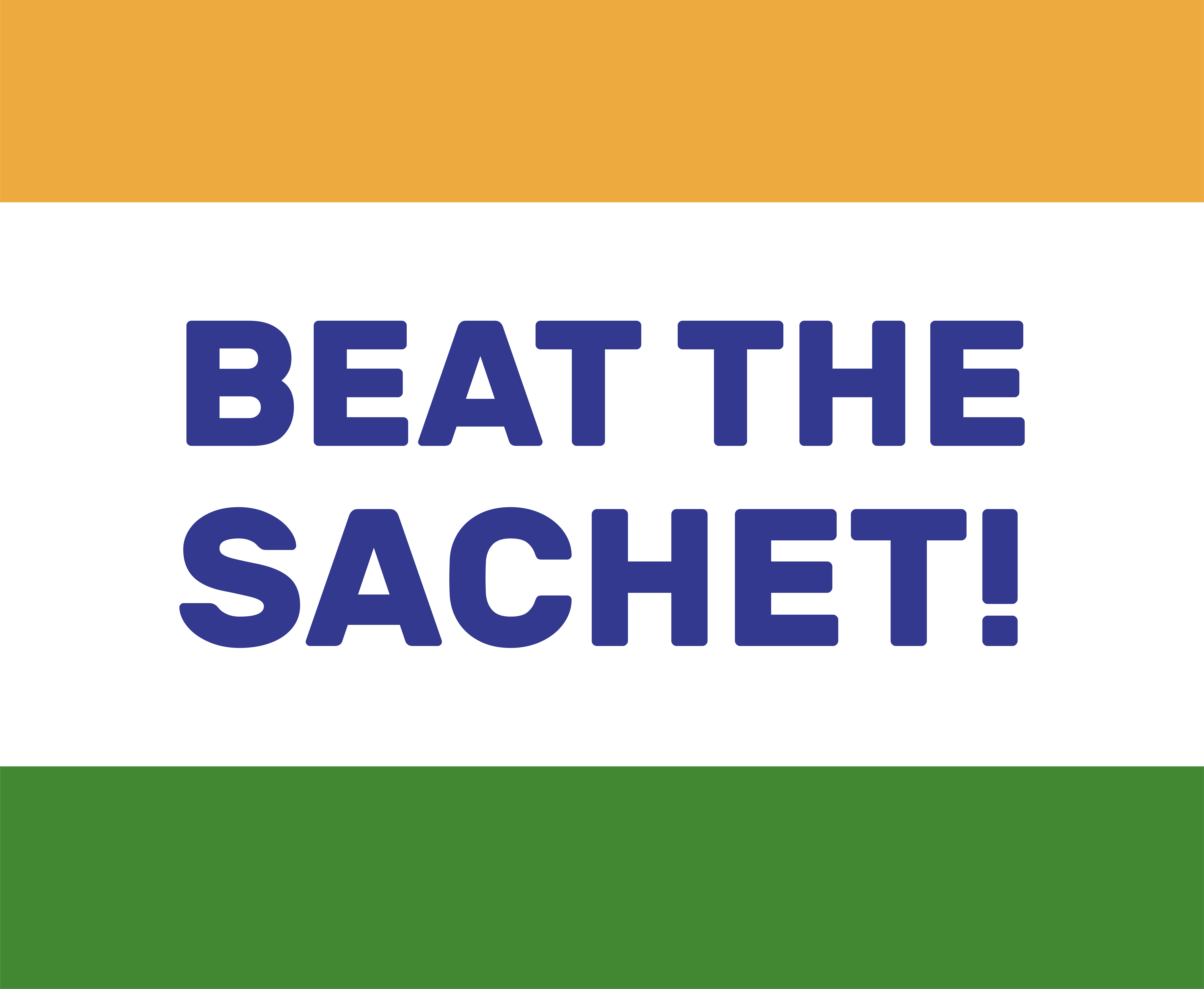John
India Plastic Pact Features Our Beat The Sachet Project!
It’s been waaay too long since I last posted, so here’s a quick update on our pilot in India that’s demonstrating an alternative to the plastic sachet…
India Plastic Pact recently did a review of reuse systems in India. It underlined the importance of reuse to prevent plastic waste and captured developments in the country so far.
It’s a good report and we were excited to learn that we’re one of just two companies providing refills in India selected for a case study, the other one being Refillable, which is doing some great work.
We understand that the report was submitted to the UN INC-4 conference in Ottawa as part of negotiations to implement a legally binding treaty to prevent plastic waste, which is pretty cool.
Our solution focuses on low-income communities and aims to provide an alternative to single dose plastic sachets, which are often the only way many people can afford products.
Unfortunately, sachets can’t be recycled. Many billions are used every year and they’re a major cause of ocean microplastic. Greenpeace estimates Unilever alone sells over 50 billion sachets, up 40% since 2010. If you want to read more about the sachet problem and the important role companies like Unilever play in selling them, have a look here The Guardian, Gaia, Bloomberg, Greenpeace....
On the project itself, we’re now working to expand our work so we prevent 1 million sachets a year and (with a bit of luck!) reach break-even too. More on this to come soon (promise!).
Meanwhile, here’s the India Plastic Pact case study…
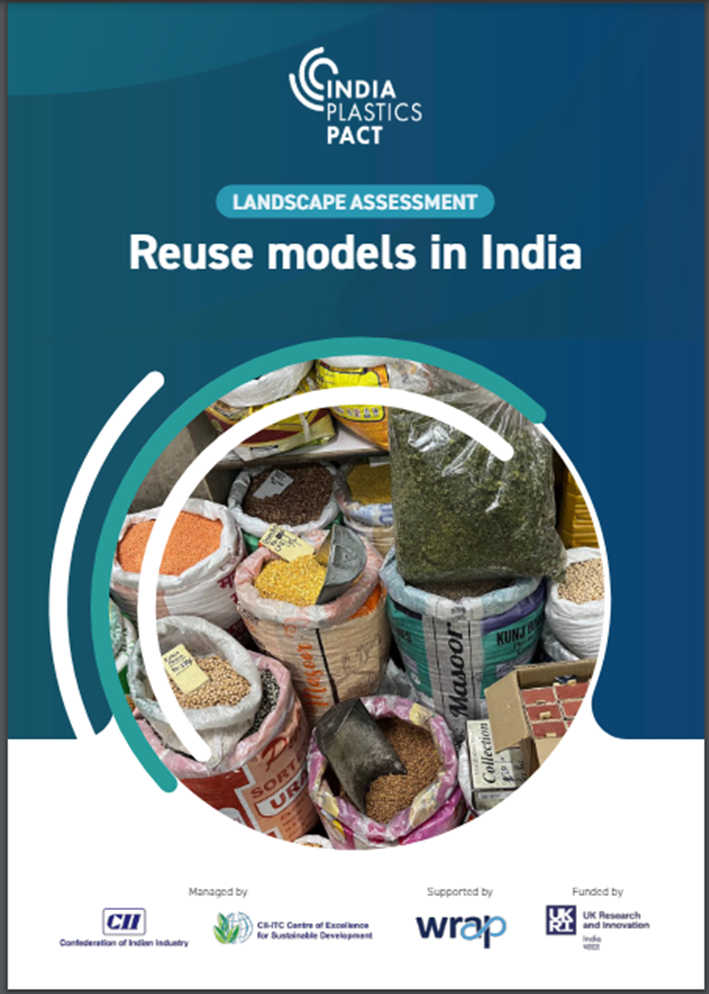
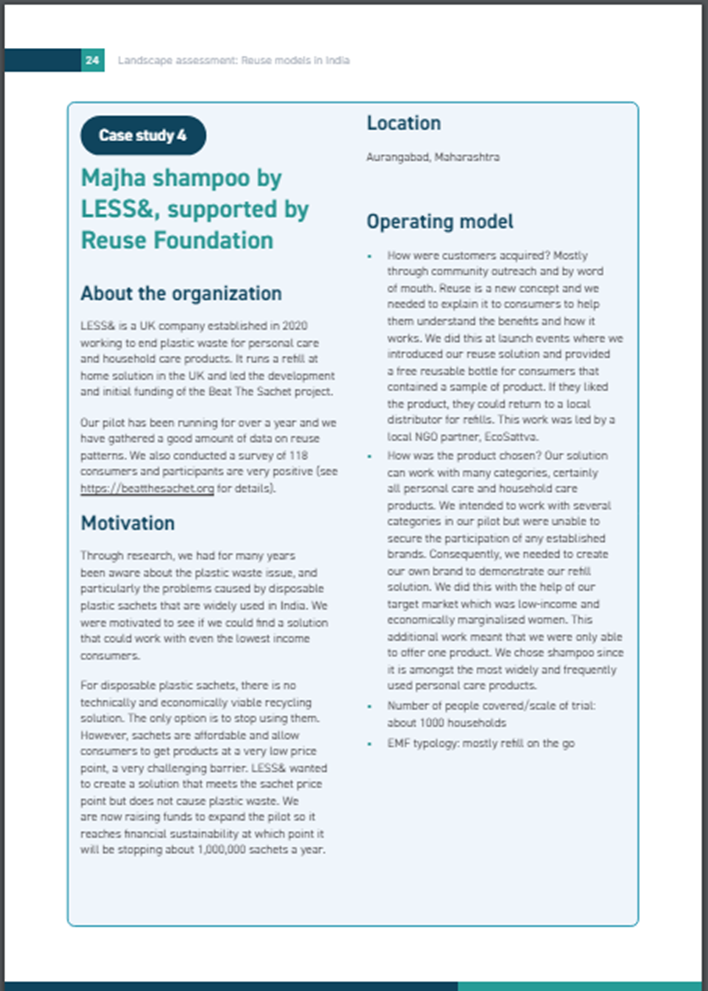
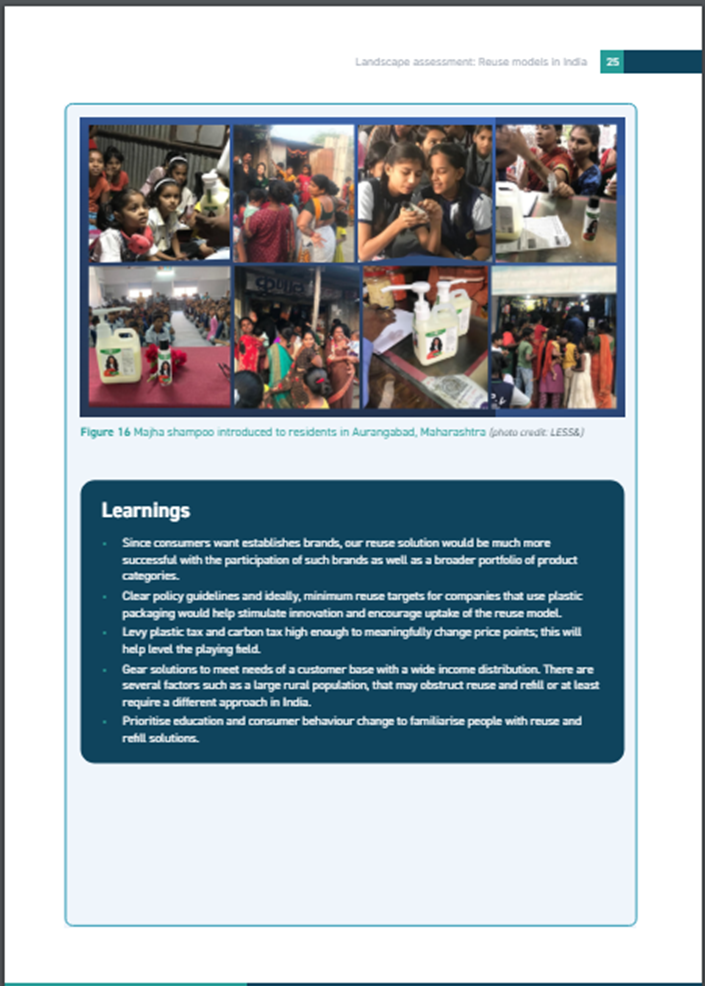
‘Recyclability’ And The Farcical 1.5% Threshold
40% of plastic use is for plastic packaging, almost all of it single use. The main frameworks seeking to manage this waste come from WRAP and Ellen MacArthur Foundation that have commitments for users of plastic packaging to make 100% of the plastic compostable, reusable or recyclable by 2025. While the first two options (making packaging compostable or reusable) can be effective at reducing plastic waste, they are difficult to attain, so signatures to these commitments focus on making their packaging ‘recyclable’.
But making plastic packaging ‘recyclable’ is of barely any benefit (see earlier posts).
But dig into the footnotes of the commitments and you find a definitional issue that makes them a little farcical.
Here, a plastic is considered ‘recyclable’ if there is a 30% or more post-consumer recycling rate in multiple regions, collectively representing at least 400 million inhabitants[1].
By picking high recycling countries, like much of the EU and South Korea etc., signatory companies can piece together an area of 400 million people that reach this bar. But 400 million people is just 5% of the world's population.
Across much the world, recycling is very limited and often entirely absent. Allowing plastics recycled at 30% by just 5% of the world's population means that plastics recycled at a global average rate of 1.5% could still qualify as ‘recyclable’.
That’s like getting a passing grade if you get 1.5% on a test.
We found this such a shocking finding that we contacted Ellen MacArthur foundation for confirmation. They confirmed our conclusion, stating:
- About Recyclability, your interpretation is correct. The two criteria serve to identify whether a plastic packaging is recyclable in practice (as opposed to in theory), which is demonstrated to be possible if it crosses the 30% threshold ; and at scale, if it is indeed recycled at, at least, 30% over a significant population. We appreciate this does not mean that the plastic packagings above the threshold get all recycled.
With this definition, we acknowledge that the efforts to recycle lie with different stakeholders at different levels of the value chain and that not everything is in the power of brands putting packaging on the market. However, the definition and target (100% recyclable by 2025) are ambitious enough to hold these same companies responsible and accountable for their part.
So there you have it.
Brands stamp ‘recyclable’ in bold on their packaging and consumers take comfort from it, but companies know it’s largely meaningless and will make little difference.
And all the while WRAP and Ellen MacArthur Foundation provide cover, checking progress against commitments that will not make a dent in plastic use or the amount of plastic that goes to landfill or leaks to the environment.
We need a better framework.
[1] https://emf.thirdlight.com/link/Reporting-Resources-2022/@/preview/2
It Works! Currently Preventing 5000 Sachets/Month
Our pilot has been going six months, the headline news is that our refill alternative to sachets is working.
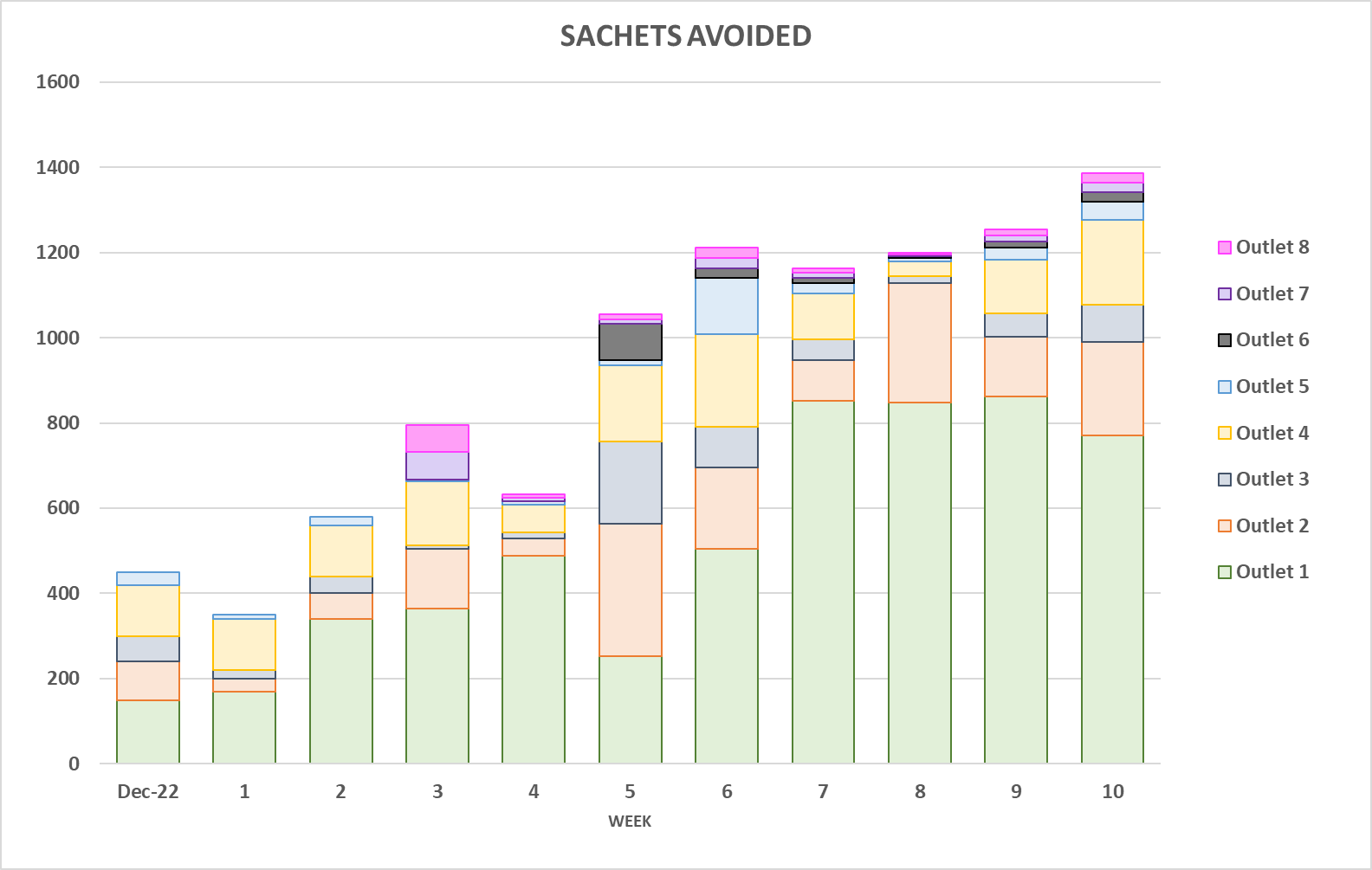 We’ve been testing three ways to distribute bulk product and have faced teething problems with all three, but for the most part things have gone extraordinarily well. The solution works well in urban and rural villages and seems especially well suited to low-income household.
We’ve been testing three ways to distribute bulk product and have faced teething problems with all three, but for the most part things have gone extraordinarily well. The solution works well in urban and rural villages and seems especially well suited to low-income household.
After receiving a small free sample, consumers pay the same unit price point as the market leading sachet (Clinic Plus), and bulk distributors purchase from us.
We recently conducted a consumer survey and once these results are processed, we'll come back with further insights. Watch this space!
The Fight Against Plastic Waste Isn't Going Well. Time To Focus On Reuse
Plastic use amongst CPG companies is rising, despite global commitments to plastic use objectives promoted by Ellen MacArthur Foundation and WRAP. This is because the objectives allow corporations to focus on using ‘recyclable’ plastic and downplay a key strategy that could quickly make a difference: reuse.
Business360 research shows how consumer packaged goods (CPG) companies are struggling to make progress reducing their reliance on plastic.
One of the best ways to see this is through the Ellen MacArthur Foundation (EMF) Global Commitment Progress Report, the latest data of which runs to 2021 and shows how overall plastic use across brand and retail signatory companies in 2021 is up 5.6% on 2018. Virgin plastic usage went back up to 2018 levels.
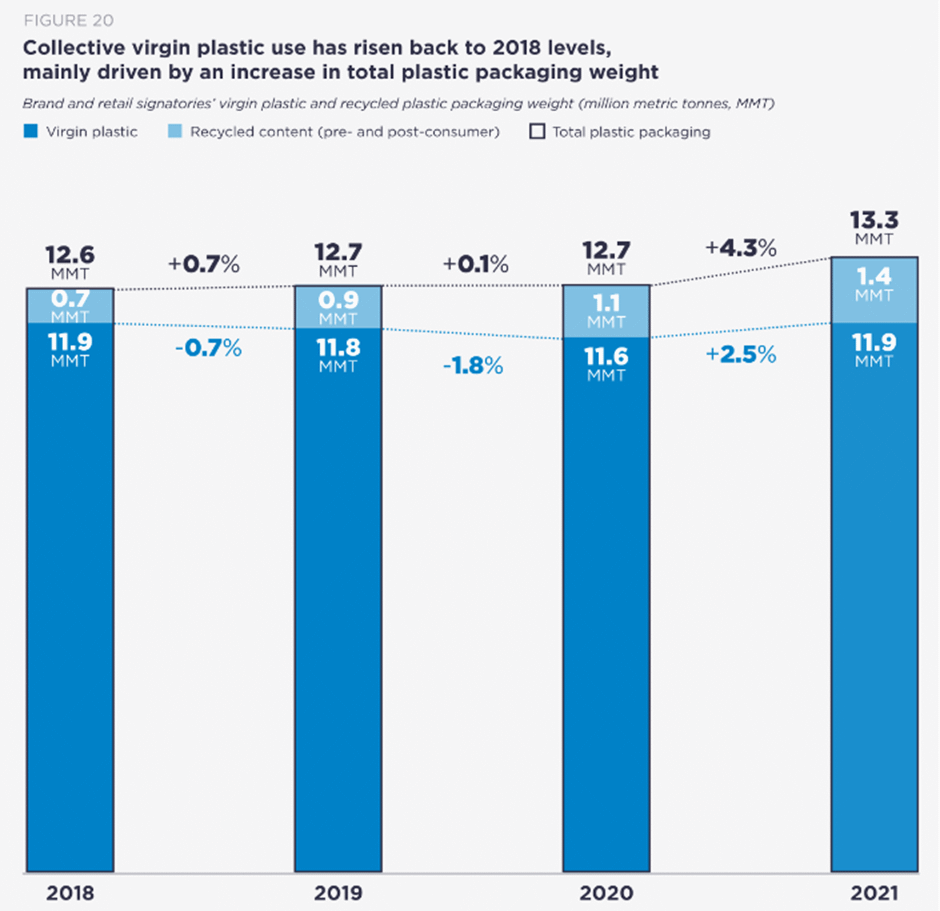
Growth in total new plastic packaging since 2018 for some of the large FMCG signatories was much higher, including McCormick (23.1%,), McCain 16.1% and Mars (10.2%), and the two largest users showed strong growth too: Coca-Cola (8.9%) and PepsiCo (8.7%).
Data for individual FMCG companies also shows continued heavy reliance on virgin fossil fuel-based plastic.
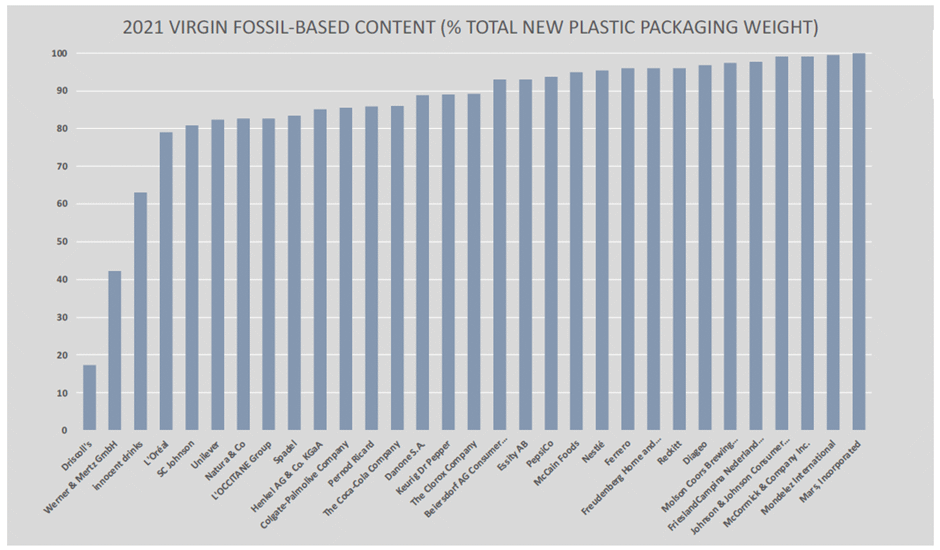
These companies have been focusing on reducing plastic use for years now, and especially virgin plastic, so how can this be?
Some history
Back in 2016 Ellen MacArthur Foundation and World Economic Forum worked to develop the New Plastic Economy as a framework[1] to reduce plastic use. In 2018, and to great fanfare, Ellen MacArthur Foundation promoted the New Plastic Economy, with WRAP promoting its Plastic Pacts ‘enabled by the New Plastics Economy’[2], and companies signed on.
Countries and companies that together represent over 20% of global plastic use committed to plastic use abatement measures with a 2025 deadline.
Signatories agreed to a range of targets:
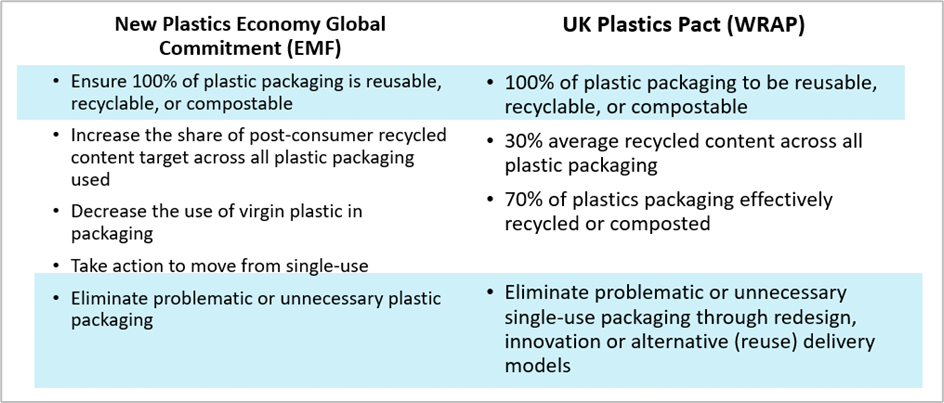
Signatory companies have been working to meet these targets and each year publish performance data.
But instead of falling, plastic use is rising, so what’s gone wrong?
In our view, this outcome was inevitable because the framework is flawed. The commitments have no limits on overall plastic use and instead allow companies to focus on ‘recyclability’ of plastic packaging, which is of little use.
Authors of the Business360 report predicted a poor outcome in a 2019 article on LinkedIn and since various commentators have questioned the wisdom of these goals. So what’s the problem?
The ‘recyclable’ cop out
Both WRAP and Ellen MacArthur Foundation include the target that ‘100% of plastic packaging is reusable, recyclable, or compostable’. By including these three strategies as options, Ellen MacArthur Foundation/WRAP let signatories choose the easiest, regardless of which best lowers plastic use. And of these three options, two are effective but difficult and one is relatively easy. And you guessed it, the easy one doesn’t lower plastic use at all.
Making packaging reusable so the same packaging is used many times over is a good solution since it lowers overall usage, even if the packaging remains plastic. Reuse also goes hand in hand with reducing plastic packaging since multiple uses can make more costly non-plastic packaging (stainless steel, glass, china etc.) economically viable alternatives. Reuse solutions can for many products quickly and economically prevent 60% of plastic waste and sometimes over 95%. But while making packaging reusable is technically feasible, creating a business model to support it requires rethinking supply chains and changing consumer behaviours. Both are doable but mean companies must change how they do things, adding costs and lowering margins, which they’re reluctant to do.
Having packaging that composts would be a great help, but making packaging compostable remains technically challenging, is a long way from commercial viability and could only ever work for limited use cases.
But making packaging ‘recyclable’ is comparatively easy. There are some challenges, but for the most part it means removing plastics that aren’t recycled and replacing it with types of plastic that are or could be.
Switching out non-recyclable plastic for ‘recyclable’ plastic is a manageable task for corporations and unsurprisingly it's the one they’ve focused on. A massively disproportionate share of the effort by CPG companies is going into ensuring 100% of its plastic packaging is ‘recyclable’.
We see this from the latest Ellen MacArthur Foundation data, which show the strategies companies have used to make progress.
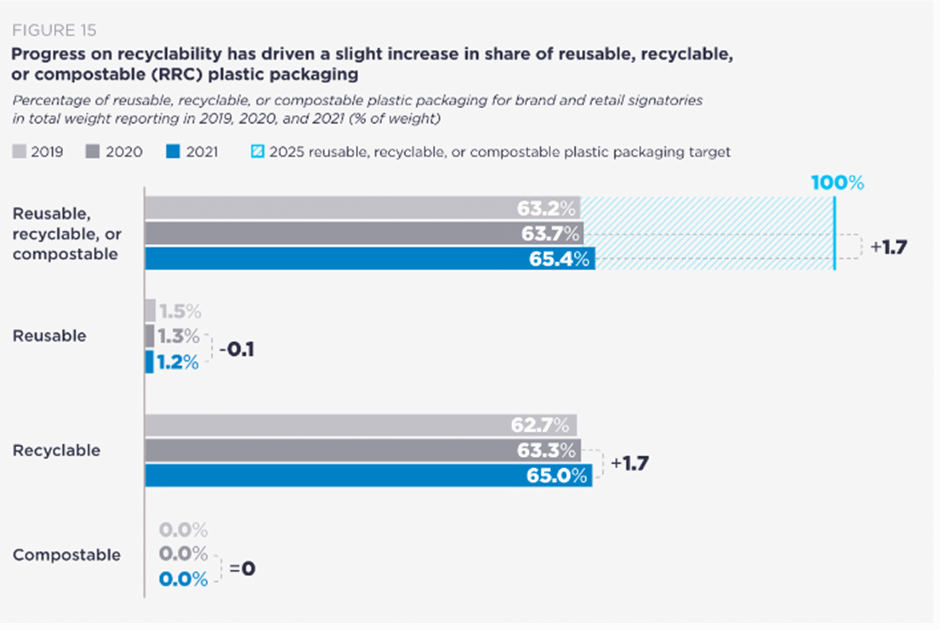
Against the objective of ensuring that ‘100% of plastic packaging is reusable, recyclable or compostable’, companies are making incremental progress. In 2021 it stood at 65.4%, up 1.7 points on 2020. But ‘recyclable’ accounts for all the progress; the share of packaging that is compostable remains at zero and the share of packaging that is reusable fell 0.1 points (it’s at such a low base this decline doesn’t affect the overall figures).
But what is ‘recyclable’?
On the surface, making plastic ‘recyclable’ sounds like a laudable goal, but dig a little detail deeper and it becomes a house of cards.
Plastic is considered ‘recyclable’ if there is a 30% or more post-consumer recycling rate in multiple regions, collectively representing at least 400 million inhabitants[3]. By picking high recycling countries, like much of the EU and South Korea etc., signatory companies can piece together an area of 400 million people that reach this bar. But 400 million people is just 5% of the world's population. Across much the world, recycling is very limited and often entirely absent. Allowing plastics recycled at 30% by just 5% of the world's population means that plastics recycled at a global average rate of 1.5% could still qualify as ‘recyclable’.
It's now well-established that most plastic doesn’t get recycled and, globally, its unlikely to exceed 30% this century. OECD says the share of plastic waste successfully recycled was 9% in 2019 and is projected to rise to 17% in 2060[4]. Making plastic ‘recyclable’ is largely meaningless.
But even when plastic gets recycled, it’s not a great help. Recycled plastic usually needs to be blended with a larger amount of virgin plastic before it can be reused, over 99% of which comes from fossil fuels[5]. Building demand for recycled plastic merely ensures ongoing dependency on fossil fuels.
Brands stamp ‘recyclable’ in bold on their packaging and consumers take comfort from it, but companies know it’ll make no difference.
And all the while WRAP and Ellen MacArthur Foundation provide cover, checking progress against commitments that will not make a dent in plastic use or the amount of plastic that goes to landfill or leaks to the environment.
Time to pivot to reuse
This is an opportunity for WRAP and Ellen MacArthur Foundation to take stock, address their flawed frameworks and refocus on goals that will make a difference.
Specifically, we need targets and corporate commitments for a meaningful and rising share of their products by volume sold through reuse solutions.
[1] https://www3.weforum.org/docs/WEF_The_New_Plastics_Economy.pdf
[2] https://wrap.org.uk/taking-action/plastic-packaging/initiatives/the-uk-plastics-pact
[3] https://emf.thirdlight.com/link/Reporting-Resources-2022/@/preview/2
[4] https://www.oecd-ilibrary.org/environment/global-plastics-outlook_aa1edf33-en
[5] https://www.ciel.org/issue/fossil-fuels-plastic/
Our First Media Coverage (Pity We Can’t Understand It!)
Today we heard that our refill-reuse pilot had been covered in a local paper, Sakal, a leading Marathi language newspaper in the state of Maharashtra.
We are working on a translation, but meanwhile please enjoy it in its technicolour glory…
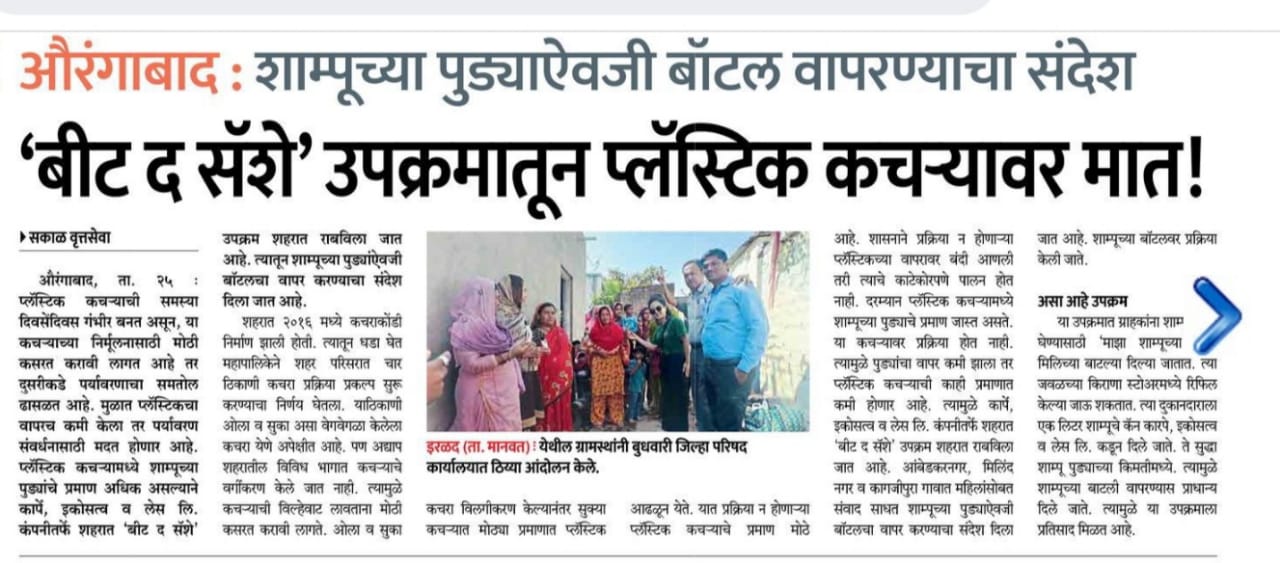
Follow माझा शॅम्पू फॅन क्लब On Instagram!
Corporate Signatories Won’t Meet Their Global Commitments To Plastic Goals
Back in 2016 Ellen MacArthur Foundation and World Economic Forum worked to develop the New Plastic Economy[1] as a framework to reduce plastic use. In 2018, and to great fanfare, Ellen MacArthur Foundation promoted the New Plastic Economy, with WRAP promoting its Plastic Pacts ‘enabled by the New Plastics Economy’[2], and companies signed on.
Countries and companies that together represent over 20% of global plastic use committed to plastic use abatement measures with a 2025 deadline.
Signatories agreed to a range of targets:

Signatory companies have been working to meet these targets and each year publish performance data.
But instead of falling, plastic use is rising, so what’s gone wrong?
In our view, this outcome was inevitable because the framework is flawed.
The key issue is that the global commitments have no reductions or even limits on overall plastic use. The only commitment that could feasibly reduce plastic usage is the goal that by 2025 ‘100% of plastic packaging is reusable, recyclable, or compostable’. (Making packaging recyclable or compostable wouldn’t reduce plastic use but making it reusable would.)
By including these three strategies as options, Ellen MacArthur Foundation/WRAP let signatories choose the easiest, regardless of which best lowers plastic use. And you guessed it, the easy one, making plastic ‘recyclable’, doesn’t lower plastic use at all!
Excellent!
Selecting ‘recyclability’ as a key metric has distracted and delayed efforts to address plastic waste from packaging.
This should not be a surprise. We predicted a poor outcome in a 2019 article on LinkedIn, in 2020 published analysis showing how plastic use wasn’t falling and in a separate 2020 report predicted companies wouldn’t meet their targets.
It’s been clear for a while now that signatory companies wouldn’t reduce plastic use, or even meet the global commitments. Ellen MacArthur Foundation now agrees that plastic use continues to rise and that ‘most signatories will almost certainly miss the 2025 target of 100% reusable, recyclable, or compostable plastic packaging’.
[1] https://www3.weforum.org/docs/WEF_The_New_Plastics_Economy.pdf
[2] https://wrap.org.uk/taking-action/plastic-packaging/initiatives/the-uk-plastics-pact
We Launched! And, Surprise Surprise, It Works!
These last few weeks we’ve finally launched our refill-reuse pilot at select kirana stores in and around Aurangabad.
We faced numerous uncertainties – would stores cooperate? Would women even want to try an unknown shampoo brand? If they tried, would they come back for refills, and do so reliably?
The only way to find out was to launch and see what happens
That's just what we've done, launching first at one kirana store, then another and rolling forwards until we also launched to serve an entire village
Data is still coming in and we’ll add later posts about this and other findings, but the long and short of it is that it works!
Women quickly get the concept of refill and reuse. They think it's a good idea and are proud to use their bottles. Kirana stores, while sometimes hesitant, get on board and are prepared to put in the effort to make it work. Women are starting to show some loyalty, and some have refilled a handful of times already. A promising start
We’ll add more details in the New Year, but for now, here’s a selection of photos from recent launches…
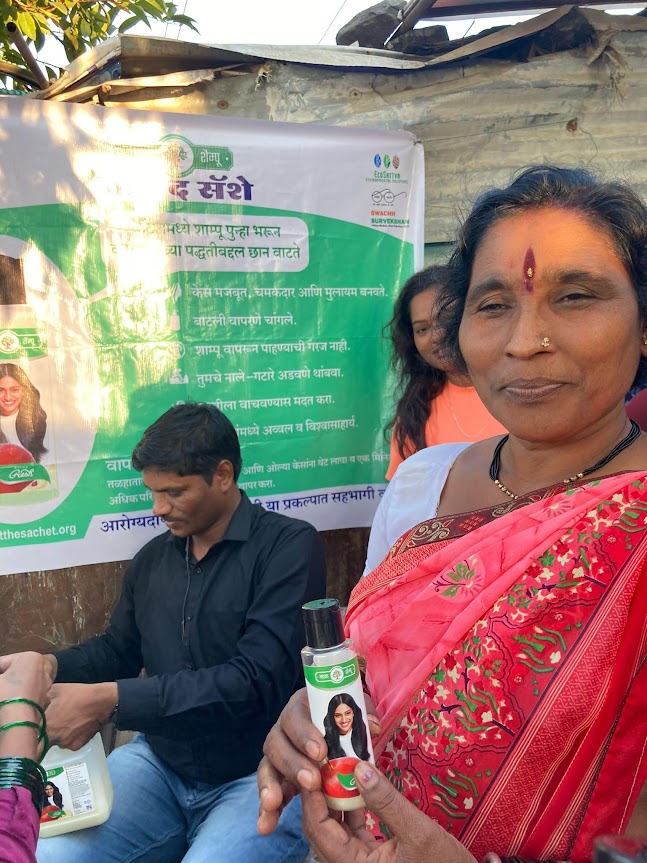
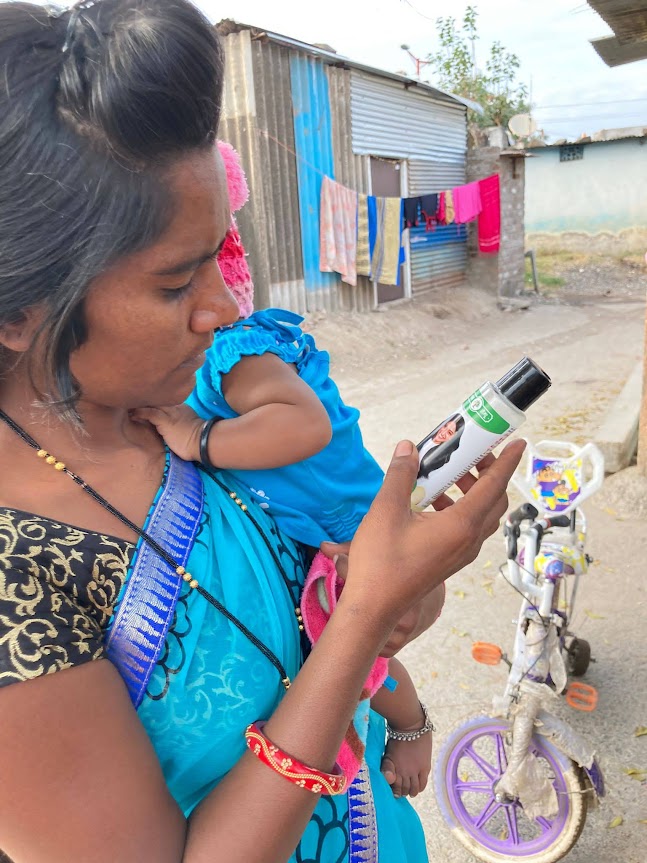

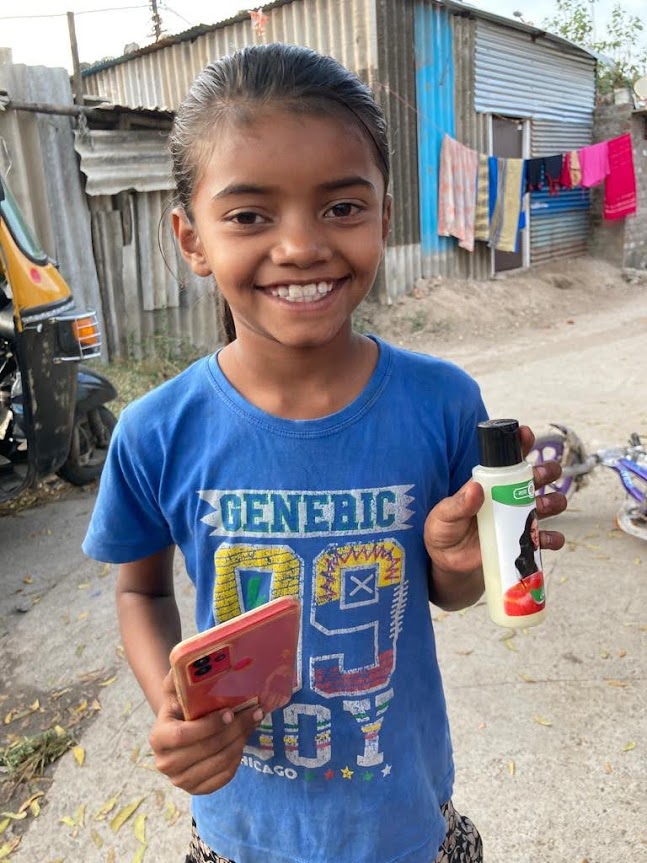
10% Of All Sales Go To Support Our India Project
Plastic waste is a problem here in the UK but it's a far bigger problem in many Asian countries where product is often sold in small plastic sachets that can't be recycled. Instead, these sachets commonly get washed away and escape to waterways and are a primary contributor to ocean microplastic. And along the way they clog drains and cause flooding, creating unsanitary conditions.
For about a year we've been working with a NGO and partner in India on a refill-reuse idea for low-income consumers. Much of the work requires developing a system to enable a reuse system, but a large component centres on consumer outreach and education.
10% of every penny you spend on this site goes to support this project and we thank you for your help!
Read more about this project at our sister site called Beat The Sachet.
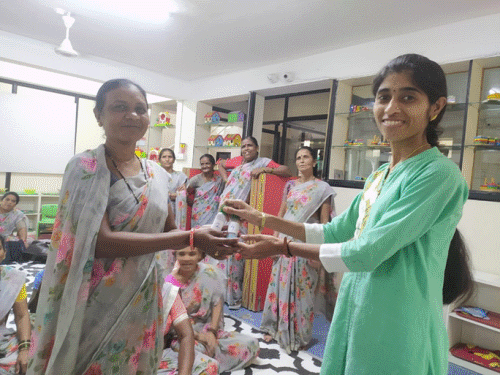
Cleaning Up Plastic Waste Sucks
 In case you've ever wondered, clearing up old plastic waste from a riverbed is a really shit job.
In case you've ever wondered, clearing up old plastic waste from a riverbed is a really shit job.
Not that it isn't important. It's necessary, and about the only way to get heavily polluted rivers back to health. Never fully remediated and pristine, because this stuff endures decades and centuries, but functional and healthier.
But actually doing the work is no picnic. It’s slow, continually bending over or crouching down to pull plastic from the soil to put the waste into a large (plastic) sack. And it can smell really bad too.
Our local partner in Aurangabad, EcoSattva, organises clean-ups as part of its wider environmental work. We were lucky enough to join one cleaning up the Kham River. We joined a range of volunteers early on a Sunday morning. EcoSattva does a great job of making it fun with a local band playing afterwards with food and refreshments too.
Here are some images…

